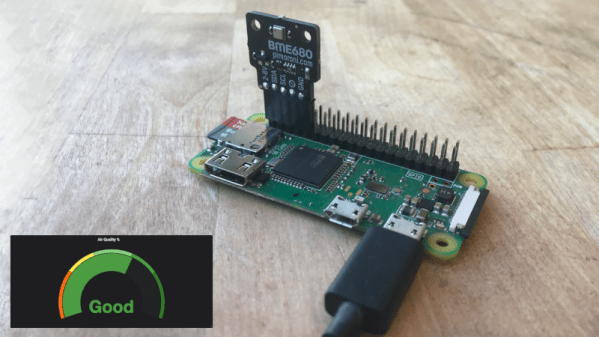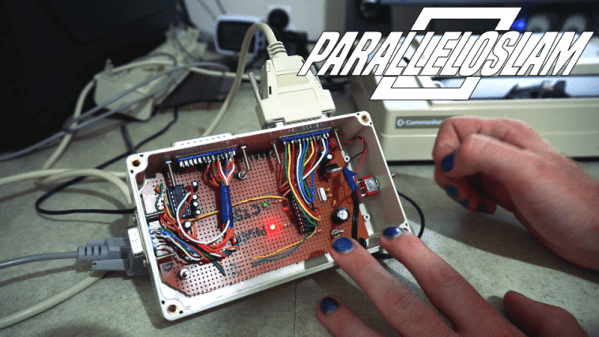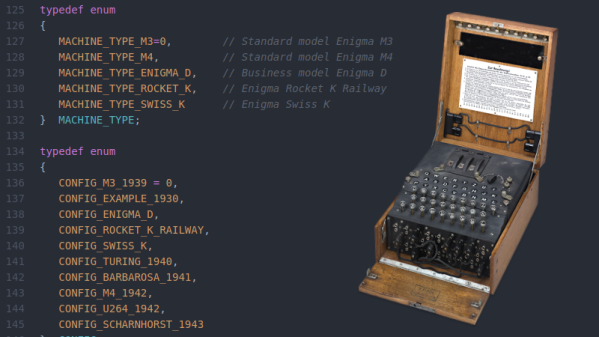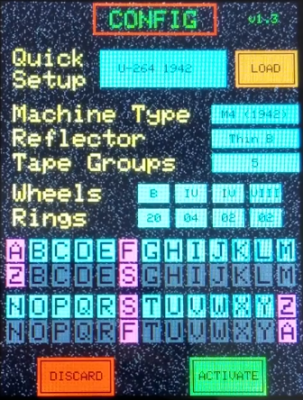Air quality has become an increasing concern in many urban areas, due to congestion and our ever-increasing energy use. While there are many organisations that task themselves with monitoring such data, it’s also something anyone should be able to take on at home. [Chrisys] is doing just that, with some impressive logging to boot.
The build starts with a Raspberry Pi Zero W, which offers the requisite computing power and Internet connectivity in a compact low-power package. For determining air quality, the Bosch BME680 sensor is used. This offers temperature, pressure, and humidity readings, along with the ability to sense the presence of volatile organic compounds, or VOCs. These can be harmful to human health, so it’s useful to have an idea of the levels in your home.
The hardware is incredibly refined. It’s simple enough for the newbie, but just begs for the more experienced hacker to expand on.
On the software side, data is accessible through the Balena cloud service. Sensor readings are stored in an InfluxDB instance, with Grafana providing the visually attractive graphs and monitoring. It’s all very slick and Web 2.0, and can be accessed from anywhere through a web browser.
The project is a great example of combining a basic DIY Raspberry Pi setup with the right software tools to create a polished and effective end product. Of course, if you’re looking for something more portable, this project might be more your style.




















